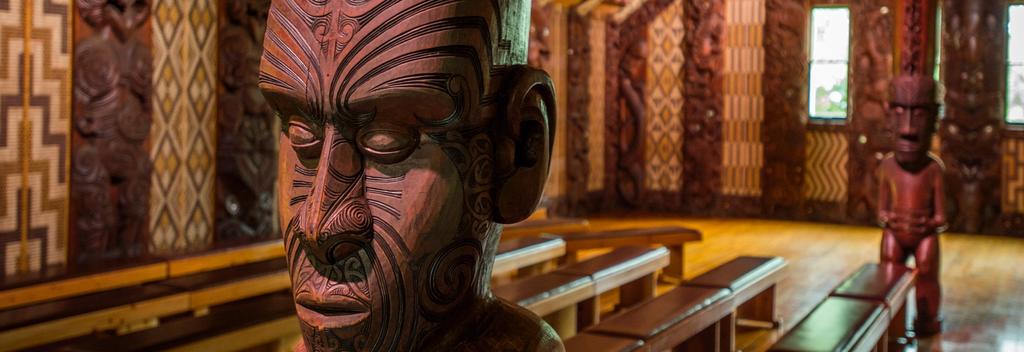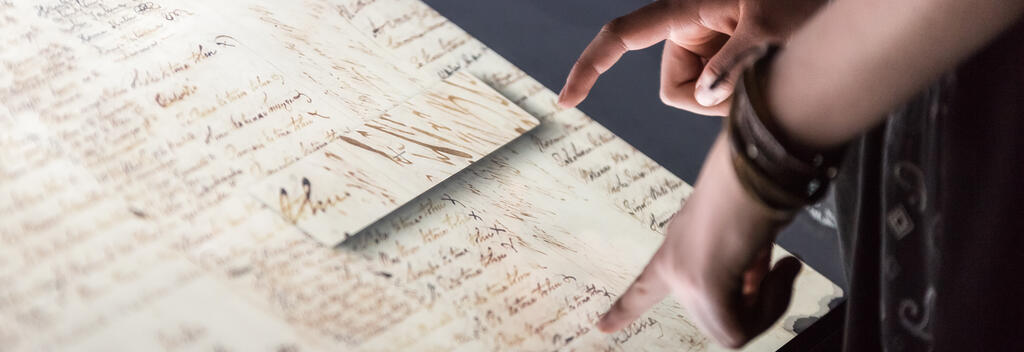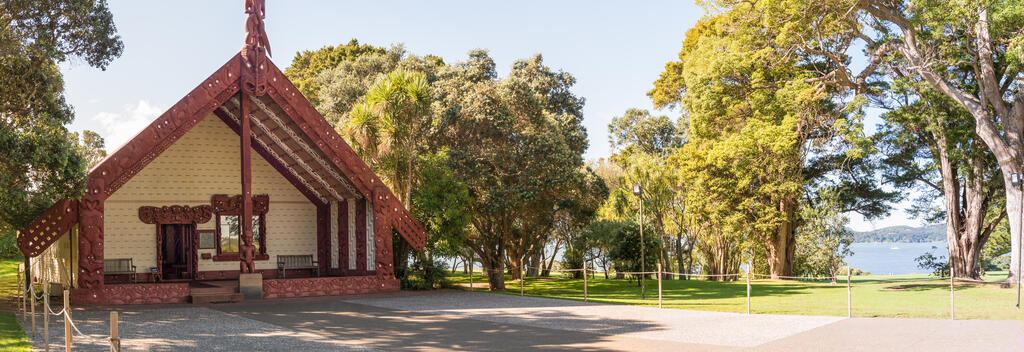-
Popular places to visit
Popular things to do
Helpful tips
Here's a few useful links to help with planning your trip to Aotearoa New Zealand.
-

The Treaty of Waitangi was signed in 1840 and was an agreement between the British Crown and a large number of Māori chiefs.
Today the Te Tiriti o Waitangi (the Treaty of Waitangi) is widely accepted as a constitutional document that establishes and guides the relationship between the Crown in New Zealand (embodied by our government) and Māori.


Around this time, there were 125,000 Māori and about 2000 settlers in New Zealand. Sealers and whalers were the first European settlers, followed by missionaries. Merchants also arrived to trade natural resources such as flax and timber from Māori in exchange for clothing, guns and other products.
As more immigrants settled permanently in New Zealand, they weren’t always fair in their dealings with Māori over land. A number of Māori chiefs sought protection from William IV, the King of England, and recognition of their special trade and missionary contacts with Britain. They feared a takeover by nations like France, and wanted to stop the lawlessness of the British people in their country.
As British settlement in New Zealand increased, the British Government decided to negotiate a formal agreement with Māori chiefs to become a British Colony. A treaty was drawn up in English then translated into Māori.
The Treaty of Waitangi was signed on February 6, 1840, at Waitangi in the Bay of Islands. Forty-three Northland Chiefs signed the treaty on that day. Over 500 Māori Chiefs signed it as it was taken around the country during the next eight months.

Following its signing, many of the rights guaranteed to Māori in the Treaty of Waitangi were ignored. To help rectify this, the Waitangi Tribunal was set up in 1975. It has ruled on several claims brought by Māori iwi (tribes), and in many cases, compensation has been granted.
While disagreements over the treaty terms continue to this day, it is still considered New Zealand’s founding document.
The grounds and buildings where the treaty was signed have been preserved. Today, the Waitangi Treaty Grounds is a popular attraction to learn more about the treaty. Here you can explore the museum, watch a cultural performance inside the carved meeting house, and visit the colonial mission house, historic flagstaff, and beautiful waka taua (Māori war canoe).